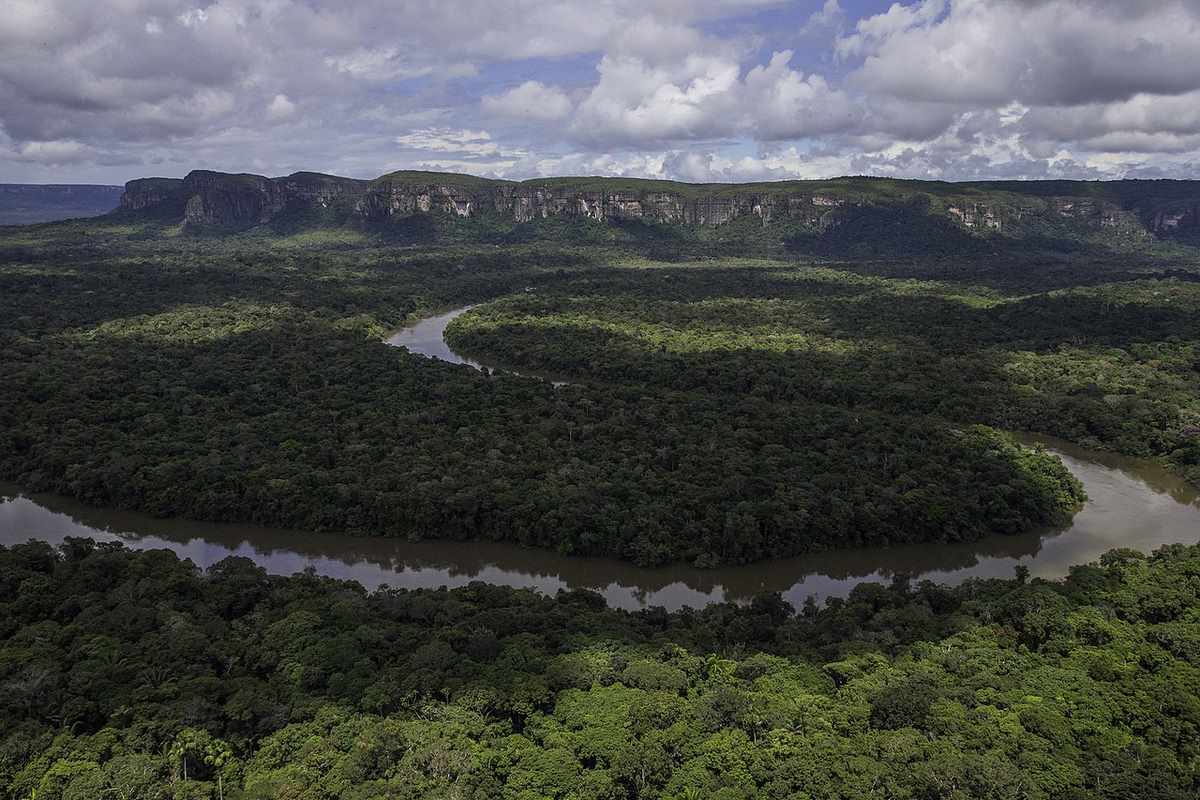In 2016, when the Revolutionary Armed Forces of Colombia (FARC) signed a peace agreement with the Colombian government, scientists realized that the rainforests, mountains, and savannahs, out of which the FARC waged a 50-year guerrilla war, and which were counted among the most biodiverse and least-explored places on earth, were suddenly safe to explore.
In Colombia, a few biologists who longed to journey to the heart of these places also saw them as the perfect way to bring 14,000 former guerrillas back into society in a meaningful way that would benefit not only them, but the country’s stunning biodiversity.
Colombia is often referred to as the world’s most biodiverse country. Although this is a hard thing to designate since many species around the world of all kinds remain undiscovered, she does lay claim to the most bird species anywhere on earth – both endemic and migratory.
Who better to help protect Colombia’s wild spaces than those who know them best, thought Jaime Góngora, a wildlife geneticist at the University of Sydney but who is originally from Colombia.
Góngora now leads a group of researchers from the United Kingdom, Australia, and 10 different Colombian scientific institutions in a program to train ex‑guerrillas to study Colombia’s native plants and animals, which to date has uncovered nearly 100 previously-unknown species.
Peace with Nature
Peace with Nature is the result of these scientists working together with guerillas to help protect Colombia’s biodiversity and aid in the post-conflict situation for thousands of people, 84% of whom, according to Góngora, are interested in pursuing, of all things, river habitat restoration as their post-conflict career path.
Góngora and his colleagues are only too happy to help, and Peace with Nature began hosting citizen scientist workshops to help train eager folks how to find, identify, catalogue, and study wild plants, insects, birds, amphibians, and more.
The preparation work was long and hard – between 15 and 18 months according to Góngora.
“We did the first regional workshop last March in a remote ex-combatant village named Charras in the province of Guaviare at the interface of three major ecosystems in Colombia: Andes, Orinoquia, and Amazon,” says Góngora, in an interview with Science Magazine.
“There, we did a more comprehensive workshop and inventory of an ecotourism trail identifying more than 120 plant and animal species, which were uploaded to iNaturalist”.
iNaturalist is an app used by citizen scientists around the globe, that allows naturalists to document their country’s biodiversity inventories and to inform and highlight potential ecotourists of attractions in their communities.
“In some of the workshops, we have the presence of the police and military forces along with the ex-combatants,” explains Góngora. “I think what has surprised me most is the opportunity that biodiversity offers for reconciliation and healing after an armed conflict. These workshops have been spaces for a respectful dialogue about biodiversity and nature”. WaL
Enjoy the videos and music you love, upload original content, and share it all with friends, family, and the world on YouTube.
PICTURED ABOVE: Chiribiquete National Park in Guaviara State PC: CC 4.0. Environment Ministry
If you think the stories you’ve just read were worth a few dollars, consider donating here to our modest $500-a-year administration costs.



